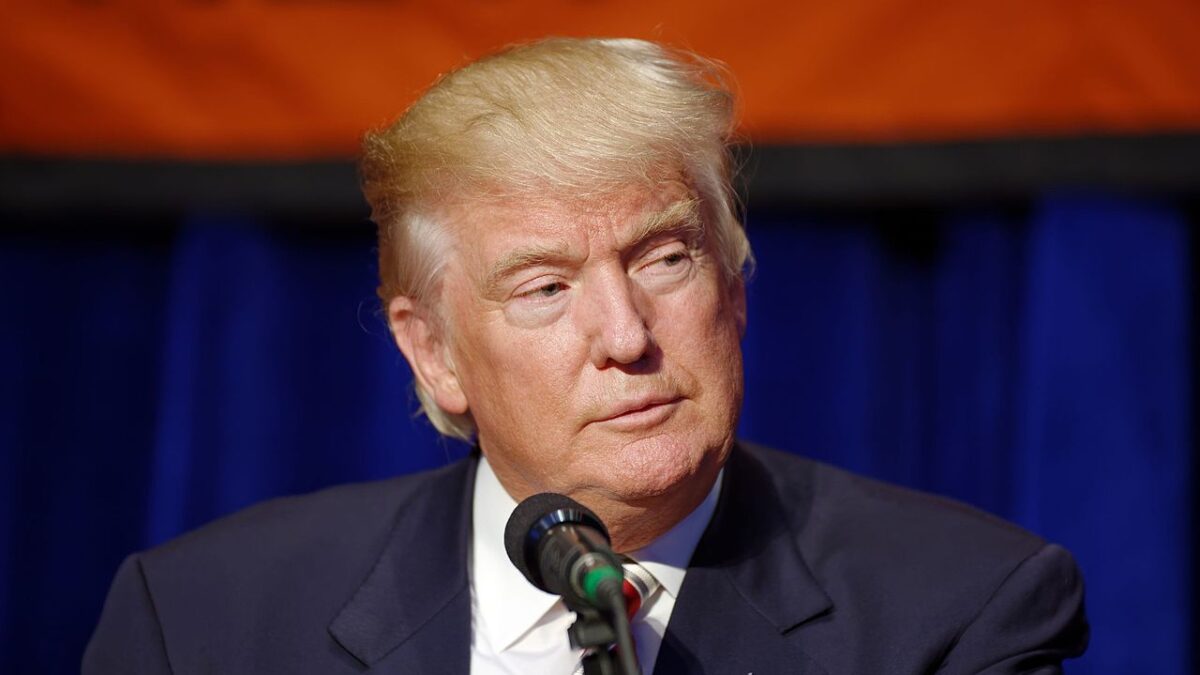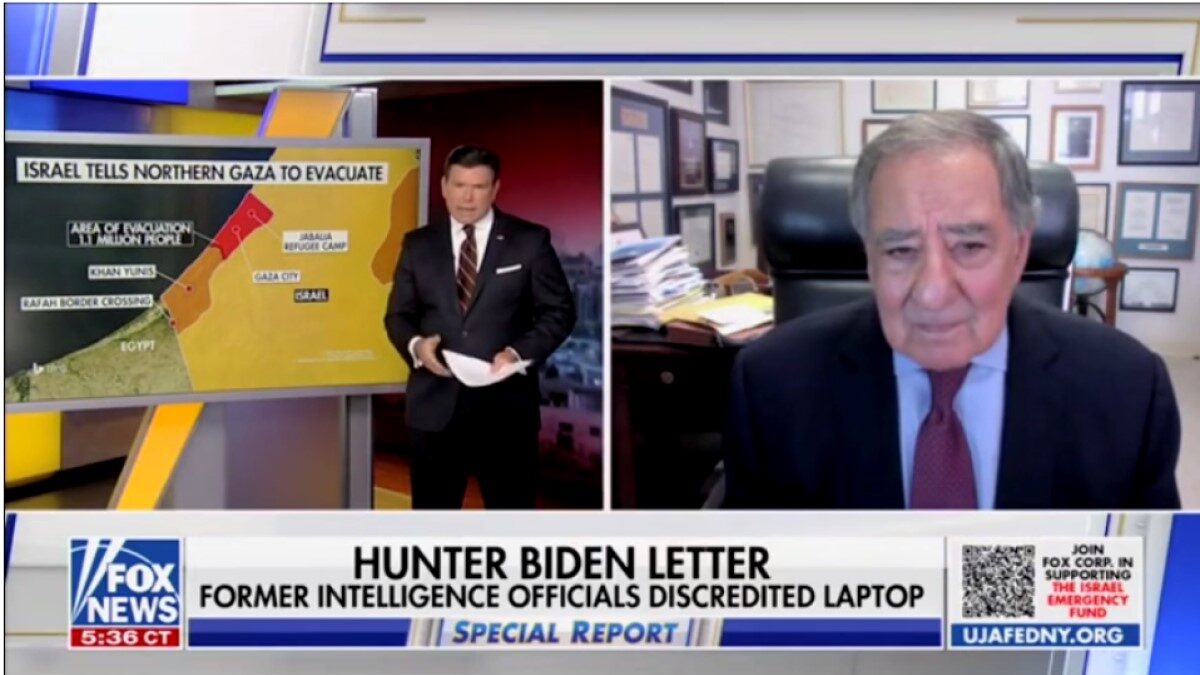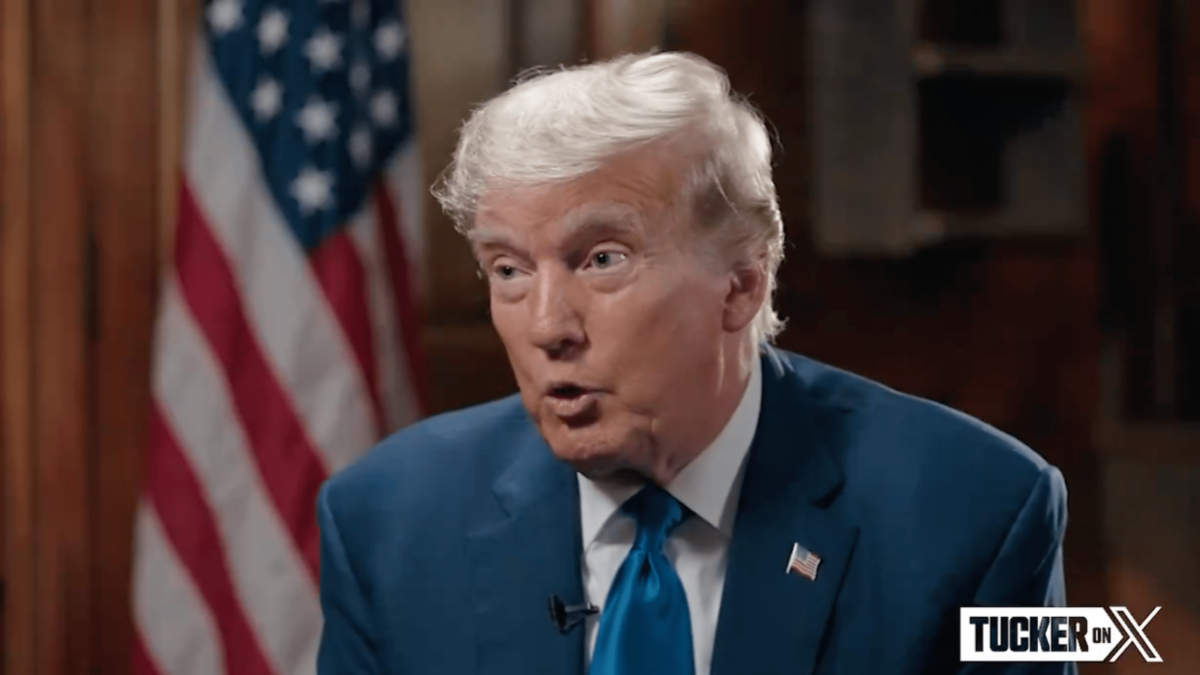
It’s over. The Mueller Report is upon us and it says what Attorney General William Barr said it would say. Nobody in the Trump campaign—in fact, no American citizen at all—colluded or conspired with the Russian government to impact the 2016 election. This is obviously good news for the country and a vindication for the president who has protested his innocence quite vociferously from the beginning.
But the findings of the report were not unalloyed good news. In one area, in particular, Mueller found deeply troubling activities from the Russians. The section on Russia’s informational campaign using social media to influence the election is damning and shocking. Much of the information it presents was already known, but seen summarized by Mueller, what they achieved was astounding.
Conducted by the Internet Research Agency (IRA), a Russian government-backed social media troll farm, the extent and reach of the operations is astounding. Collectively, the report says, “The IRA’s social media accounts reached 10s of millions of US persons.” It also controlled Facebook groups such as “United Muslims of America,” that had 300,000 followers when it was shut down in 2017.
In total the report says that at least 29 million and perhaps as many as 126 million people were reached by the propaganda campaigns. The danger of this is not merely that the propaganda might help determine the outcome of viewers’ voting decisions. What is far worse is that, on that scale, the Russians can make fringe, divisive positions and rhetoric appear to Americans to be, if not mainstream, at least vastly more prominent than they really are.
Even the news media was not immune to these efforts. The report outlines that on multiple occasions “U.S. media outlets also quoted tweets from IRA-controlled accounts and attributed them to the reactions of real U.S. persons.” It is very possible, if not likely that the real target of the IRA was not to sway an election, but rather to sow discord and distrust among Americans. And it looks like the news media was an unwitting accomplice.
Sometimes IRA social media operations even reached beyond the screen and into real life. Dozens of rallies, some of which had hundreds of attendees, were organized by the IRA. Their sinister scheme involved creating well-followed interest groups on Facebook (on either side of the political spectrum) and then announcing a live event. Group followers who showed interest were then contacted and made event coordinators. Unbeknownst to the coordinators, or the attendees, their rally was really a Russian propaganda put-up job.
All of this should shock Americans, especially since Russia is not the only country engaged in these kinds of social media informational attacks. I wrote in June of last year, after attending the National Security Seminar at the Army War College, that the military and defense department take these attacks incredibly seriously and that they are incredibly difficult to defend against. At the time I wrote:
“While an ultimate good, freedom of speech is also a dangerous hole in our ability to defend against the growing threat of propaganda operations. Our primary foreign adversaries—Russia, China, Iran, and North Korea—are all repressive regimes vastly more capable of defending against propaganda. If speech is being used to sow division and discord in those nations, they just squash it. They shut down websites, close newspapers, and even kill journalists. These are defensive options that thankfully our government cannot use.”
Since the government has little leverage, that leaves it to the social media companies themselves to police their content for foreign political interference, but as congressional testimony from the heads of Facebook and Twitter has shown, these companies have no earthly idea how to do it. When asked, they tend to mumble something about the potential of artificial intelligence to someday weed out bad actors.
The situation is not good and there do not seem to be any optimal solutions. In any sane political time we would see a bipartisan effort to create new approaches to defend against foreign social media informational attacks. But our current political divisions are making this impossible. Both sides share some blame for this.
Democrats, with their wild and irresponsible promises of collusion between Trump and Russia, set expectations so high that Trump being cleared of collusion makes the information campaign seem like small potatoes. Meanwhile, Trump and too many Republicans have downplayed the attacks as a mere excuse for why Hillary Clinton lost. Now that the Mueller report is out and Trump has been cleared, both sides should be able to move to the center and accept the true nature of Russian interference—but that won’t happen.
Instead, Democrats will continue to try to catch the great orange whale, this time with a harpoon of obstruction. Reasonable people may or may not be able to agree if obstruction took place but, even if it did, Trump has not been charged so the only recourse would be congressional investigation and potential impeachment. Meanwhile, the actual threat remains lost behind the sound and fury of allegations against the president.
Now is the time for good actors on both sides—Marco Rubio or Mitt Romney (who knows about the threat Russia poses, if you recall) on the right, and perhaps people like Joe Manchin or Chris Coons on the left—to bring attention to, and seek solutions to, the problem of Russian social media informational attacks.
But some of the responsibility also falls on us, the citizens of the United States. Know that the awful anonymous tweet you see might just be foreign propaganda. Don’t assume the worst about those with whom you disagree. Because that is exactly what Russia has been trying to make you do, and in far too many cases, they’ve been succeeding.









